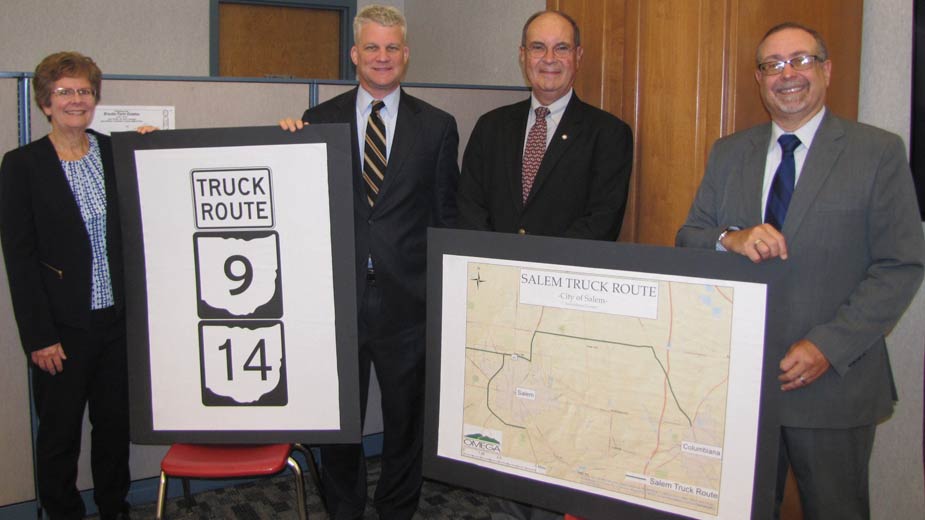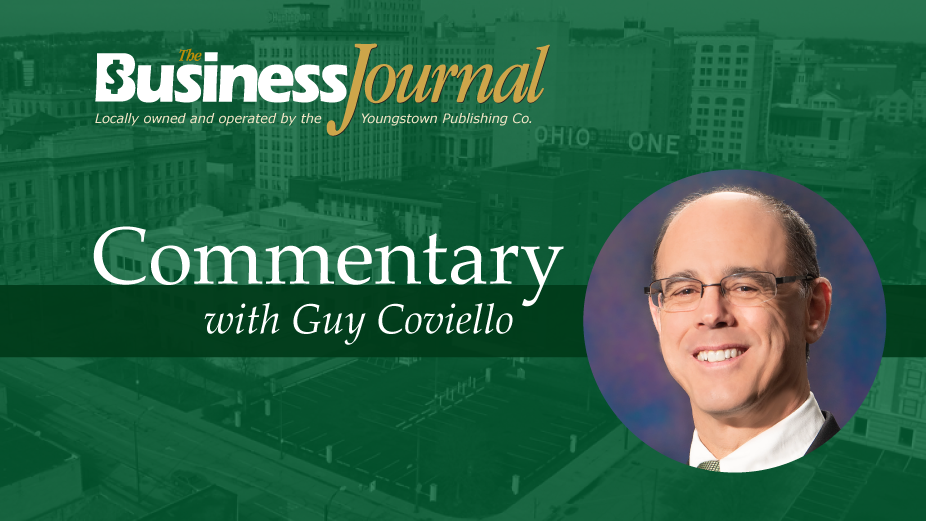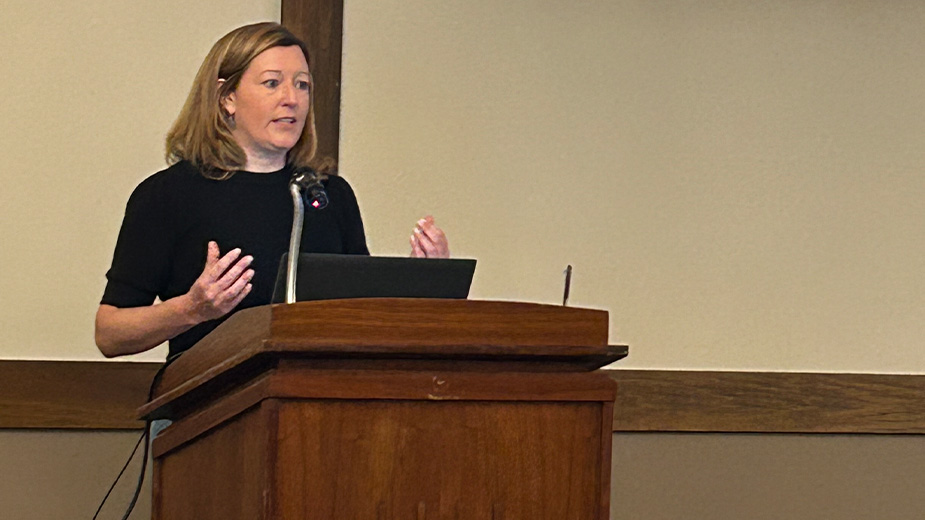New Truck Routes Solve Woes for Downtown Salem
SALEM, Ohio – Newly designated state routes for truck traffic are alleviating congestion in downtown Salem as they promote car and foot traffic to the businesses there.
“If you go to the corner of Ellsworth and State Street and look at the big grooves in the telephone poles from the trucks, it shows how bad it was,” the executive director of Sustainable Opportunity Development Center, Michael Mancuso, said Thursday.
The newly designated state truck routes 9 and 14 divert truck drivers from Salem. The routes begin at the northern boundary of Columbiana County, lead to state Route 165, then U.S. Route 62 and send trucks down the 62 bypass. The trucks can then go straight onto state Route 14 or continue on 62 to state Route 9.
“It’s a simple solution to a complex problem,” Mancuso said.
The truck routes are part of the downtown redevelopment plan that began three years ago, officials noted at a press event held at the SOD center. The Ohio Mid-Eastern Governments Association (Omega) conducted traffic studies that found more than 1,000 trailer-trucks passed through the narrow streets of downtown Salem every day. This was up from 800 trucks a decade ago.
With so many trucks going through the downtown, safety was a huge concern.
“We saw trucks every other day that jammed [traffic]. People would have to back up in their cars for the trucks coming around the corner and a lot of times they did hit light poles,” said the executive director of the Salem Area Chamber of Commerce, Audrey Null. “Our building being an older one would shake when the trucks would ram through town.”
Added Mayor John Berlin, “I was always concerned about pulling up to an empty parking spot, having to back in, and having three trucks coming around me.”
Other concerns were the hazardous materials some trucks carried and no parking spaces designated for the trucks.
With the new routes diverting trucks, more businesses likely want to come to Salem and more storefronts downtown will see customers now comfortable walking or driving through town, officials say.
“It enhances the walkability and access to our downtown businesses. If you’re a person interested in finding a location downtown for your business, I think the first thing you look at is what’s going on surrounding the location,” Berlin said.
The truck drivers also benefit from the designated routes, which save eight to 10 minutes of driving time and fuel. The speed limit on most of the routes is 55 mph compared to 25 mph downtown.
The project couldn’t have been completed without the collaboration of the many groups involved, said Jason Wilson, director of the Governor’s Office of Appalachia. The SOD Center, city of Salem, Omega, and Ohio Department of Transportation districts 4 and 11 helped to develop and finish the plan.
“This is part of the growing process and planning process. As this community grows, as it changes to adapt to the new economies, this is one of the necessary steps in doing it,” Wilson said.
Many people originally thought an answer to the truck problem would be the completion of the Route 62 bypass, said Jeannette Wierzbicki, executive director at Omega. However, that project would have cost millions of dollars. Omega concluded that a separate truck route would benefit both the city and the truck drivers.
ODOT vetted the plan and provided the manpower to complete it within four weeks by working through its legal department to overlay the truck routes onto existing state highways. “Forty-six and 165 are both state routes,” Mancuso said. “So we just overlaid and created a route right on top of it.”
The city paid for $4,500 of signage with the last signs placed in August to direct truck drivers to the new routes. Google Maps automatically picked up on the routes for truck drivers and the city has already seen a significant drop in congestion, Mancuso said.
Once Omega gets new statistics on how many truck drivers are using the new routes, Mancuso believes it will attract developers to build truck service stations on the northern side of town where there is room for development.
“This is just the beginning of this project. Economic development is not just about jobs. It’s about so much more,” Mancuso said. “It’s about community development. This just improved quality of life for our entire city.”
Pictured: Jeannette Wierzbicki, executive director at Omega, Jason Wilson, director of Governor’s Office of Appalachia, Salem Mayor John Berlin and Michael Mancuso, executive director of the SOD Center.
Copyright 2024 The Business Journal, Youngstown, Ohio.



